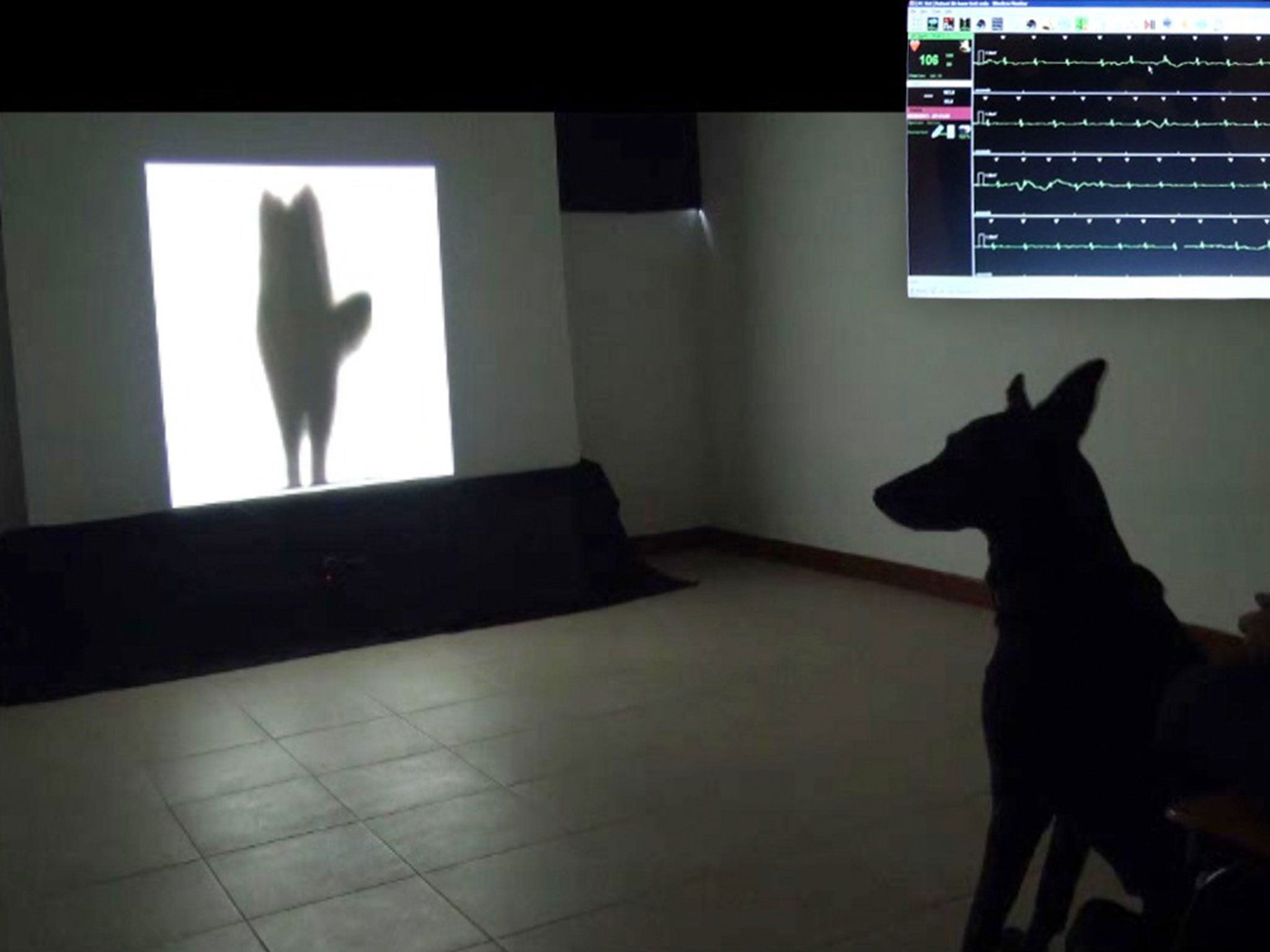What your dog’s tail wagging tells you about his emotions

Your support helps us to tell the story
From reproductive rights to climate change to Big Tech, The Independent is on the ground when the story is developing. Whether it's investigating the financials of Elon Musk's pro-Trump PAC or producing our latest documentary, 'The A Word', which shines a light on the American women fighting for reproductive rights, we know how important it is to parse out the facts from the messaging.
At such a critical moment in US history, we need reporters on the ground. Your donation allows us to keep sending journalists to speak to both sides of the story.
The Independent is trusted by Americans across the entire political spectrum. And unlike many other quality news outlets, we choose not to lock Americans out of our reporting and analysis with paywalls. We believe quality journalism should be available to everyone, paid for by those who can afford it.
Your support makes all the difference.Tail wagging means a lot more to a dog than “I’m pleased to see you”, research has shown.
Most dog owners may not notice if their best friend’s tail wags more to the left or more to the right. But to another dog, the distinction makes all the difference, scientists have found.
Put simply, a wag to the right signifies happiness, and a wag to the left fear. The behaviour reflects what is happening in the dog’s brain. Earlier research showed that left-brain activation produces bigger wags to the right, and vice-versa.
Now scientists have learned that dogs signal to other dogs via their tails in ways hidden from humans. The Italian team showed dogs videos of other dogs whose tail wagging was more pronounced in one direction than the other.
When dogs saw another dog wagging more towards the left, their heart rates picked up and they began to look anxious. Dogs shown wagging to the right stayed relaxed.
The findings are reported in the journal Current Biology. Dr Giorgio Vallortigara of the Centre for Mind/Brain Sciences at the University of Trento, who led the study, said: “The direction of tail wagging does in fact matter.”
The study involved 43 healthy dogs of various breeds. Each dog was shown videos of another dog wagging its tail.
PA
Join our commenting forum
Join thought-provoking conversations, follow other Independent readers and see their replies
Comments